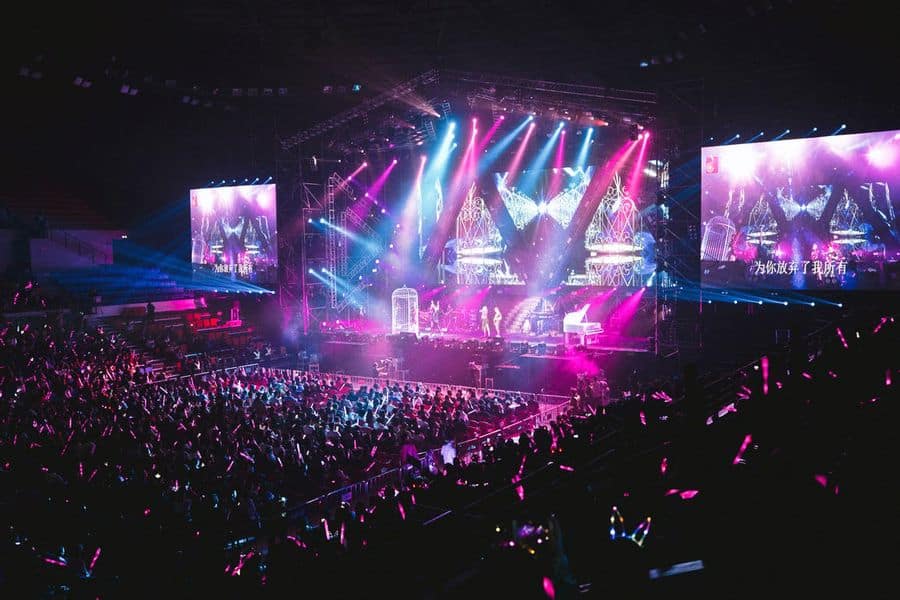Highlighting the Influence of Lighting Methods on the Craft of Video Projections Mapping
Motion projection mapping is an exciting art form that combines technology and creativity to transform ordinary surfaces into extraordinary sight exhibits. This technique involves casting graphics and videos onto 3D objects, such as structures, sculptures, or platforms. One of the key significant elements in creating successful mapping in the use of effective lighting techniques. Proper illumination enhances the aesthetic components of the projection and ensures that the images are crisp and engaging. This article explores the influence of lighting methods on video mapping and how they can elevate the complete experience.Illumination plays a crucial role in video projection because it establishes the atmosphere and tone of the exhibit. Different lighting methods can elicit various emotions and reactions from the viewers. For example, using soft, cozy illumination can create a inviting atmosphere, while vivid, cold illumination may create a more dynamic or dramatic impact. By carefully choosing illumination hues and intensities, artists can manipulate how audience interpret the displayed visuals, leading to a more engaging encounter. The equilibrium between projection luminance and ambient light is essential, as it can greatly impact the clarity and effect of the visuals.
In addition to, hue and intensity, the angle of illumination also affects the effectiveness of projection. Lighting from different directions can create shadows and highlights that add dimension to the projected visuals. This technique, video mapping equipment known as light and shadow, can improve the 3D quality of the subjects being mapped. Furthermore, using moving illumination can add dynamism to the display, making the encounter more involving for the audience. When the illumination collides with the projected images, it can produce an effect of movement and change, grabbing the viewers' focus.
Another essential aspect of lighting in mapping is the use of unique effects. Methods such as gobo illumination, which uses patterns and forms to filter light, can introduce texture and complexity to the projections. This method enables artists to layer images and produce aesthetically stunning results that enhance the projection. Moreover, adding lasers or LED illumination can further enhance the display, offering a distinct mix of sight components that attract the audience in. These unique features, when used thoughtfully, can elevate the projection into a simple display to an immersive work of creativity.
In summary, the influence of lighting visit this web-site techniques on video mapping is profound. By understanding how various lighting elements interact with mapped visuals, creators can produce captivating experiences that resonate with audience. The thoughtful selection of color, intensity, angle, and unique features allows for a rich tapestry of visual narrative. As technology advances to evolve, the possibilities for creative expression in mapping will only expand, making illumination an increasingly vital component in this progressive art form.
